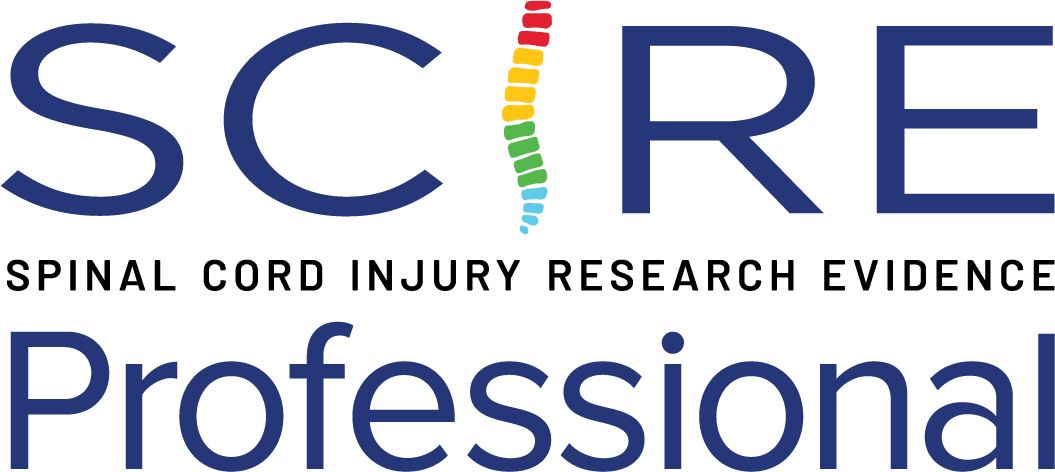Introduction
Balance, defined as the ability to maintain or recover the centre of mass within the base of support; is important for activities of daily living, general mobility, and prevention of falls (Maki & Mcllroy 2006). Physiologically, balance is not a singular ability, but rather the ability of various systems to work together. The Systems Framework of Postural Control, first described by Horak (2006), is a comprehensive approach describing the components of balance to guide assessment and treatment. The 10 components of balance include:
- Functional stability limits,
- underlying motor systems,
- static stability,
- verticality,
- reactive postural control,
- anticipatory postural control,
- dynamic stability,
- sensory integration,
- cognitive influences,
- balance confidence.
Musselman et al. (2022) reported that all 10 components of balance are impaired to varying degrees in people with SCI. Functional stability limits, underlying motor systems, sensory integration, static stability, reactive postural control, cognitive influences, and balance confidence are all impacted more greatly by SCI, while the effect on verticality is minimal. The severity of impact for some components, like dynamic stability and anticipatory postural control are variable and likely depend on the severity of injury. When assessing balance, it is important for healthcare professionals to consider all 10 components, as impairments in any one of them can impact overall performance. To optimize treatment, interventions should then be tailored to each individual’s needs based on which components are most greatly impacted.
Cite this chapter: Unger J, Cano Herrera CL, Chu T, Fan F, Sun E, Dhaliwal A, Eng JJ (2025). Sitting and Standing Balance Following Spinal Cord Injury. In Eng JJ, Teasell RW, Miller WC, Mortenson WB, Townson AF, Hsieh JTC, Noonan VK, Loh E, Allison D, Bateman EA, Unger J, Sproule S, Ryan S, Querée M (Eds). Spinal Cord Injury Research Evidence. https://scireproject.com/evidence/balance-followingsci/introduction/
